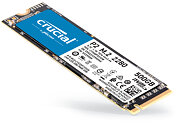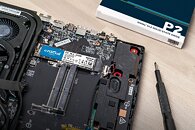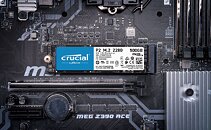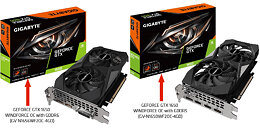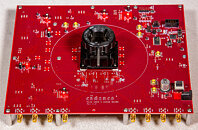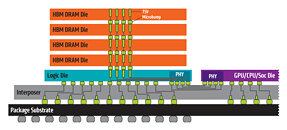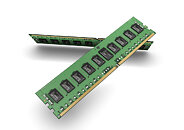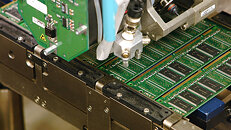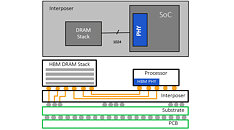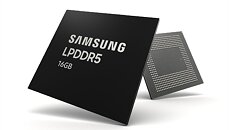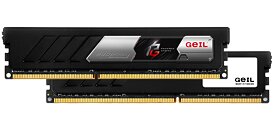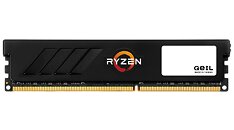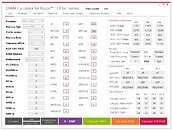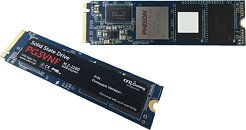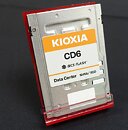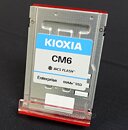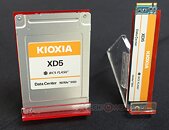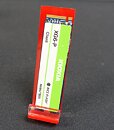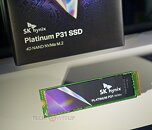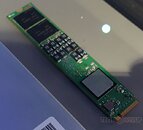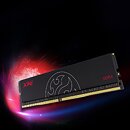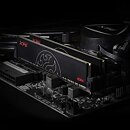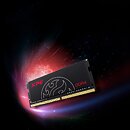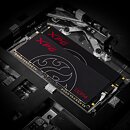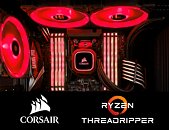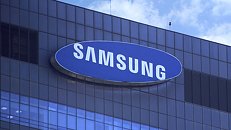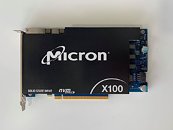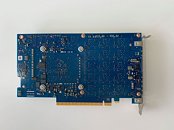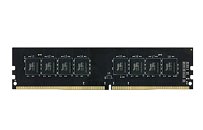
Crucial P2 Announced: Company's Second QLC M.2 NVMe Client SSD
Here's the first picture of the Crucial P2, the company's second M.2 NVMe client SSD series based on QLC NAND flash memory, and successor to the Crucial P1. The drive sticks to PCI-Express gen 3.0 x4 as its host interface, but increases sequential read speeds over the P1. Available in 250 GB and 500 GB models to begin with, the P2 offers sequential transfer rates of up to 2100 MB/s reads with up to 1150 MB/s writes for the 250 GB variant; and up to 2300 MB/s reads with up to 940 MB/s writes on the 500 GB variant. There's no word on whether the P2 uses the same QLC NAND chips as the P1, but we do spy a DRAM cache chip. Endurance of the P2 is rated at 150 TBW, and Crucial is backing them with 5-year warranties when they come out in the near future. Pricing in Europe is expected to be about 59€ for the 250 GB model, and 70€ for the 500 GB one.
Update 15:54 UTC: Crucial launched the drive Stateside at $54.99 for the 250 GB model, and $64.99 for the 500 GB model. We've added more images.
Update 15:54 UTC: Crucial launched the drive Stateside at $54.99 for the 250 GB model, and $64.99 for the 500 GB model. We've added more images.
